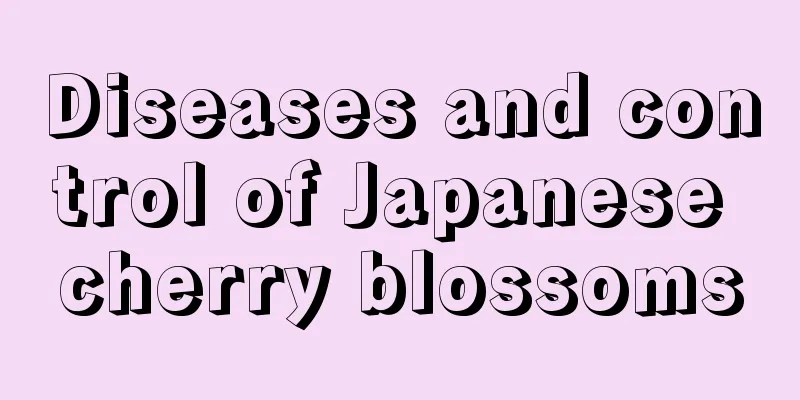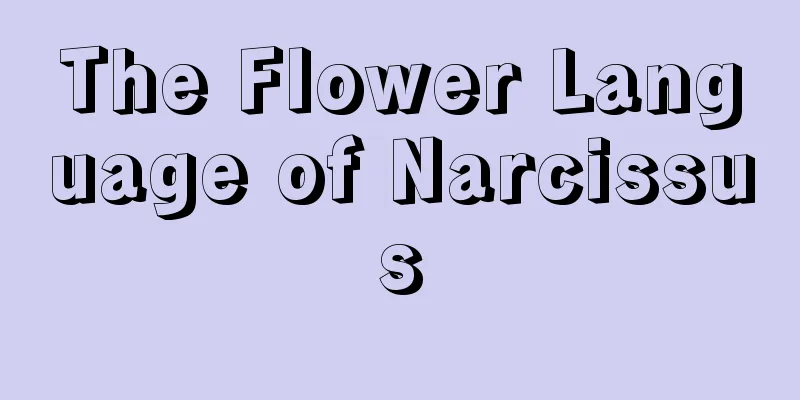Diseases and control of Japanese cherry blossoms

ClubrootThe disease occurs at the root neck on the ground or close to the ground, or may also occur at the junction of the rootstock and scion, causing the plant to be short and grow poorly. Symptoms include the formation of tumors of various shapes at the roots of the plants when the disease occurs. Most of them are brown in color, with a rough surface and often cracks. The prevention and treatment methods are as follows: Dig out the diseased Japanese evening cherry plants and rinse the soil off the roots. Then soak the roots in 1% copper sulfate solution for about 5-8 minutes, then take them out and rinse them. After that, remove and rinse it. If there is a tumor, it needs to be removed and 0.1% mercuric chloride solution is applied to the wound. Finally, it can be replanted. anthraxIn the early stage of the disease, circular spots appear on young leaves, and when these spots heal, perforations will form. After June, the leaves become hard, and irregular, rough spots appear on the leaf surface, which are brown in color. In severe cases, a large amount of leaves will fall and buds will die. The prevention and treatment methods are as follows: Generally, 50% carbendazim wettable granules at 500 times solution, or 70% mancozeb wettable granules at 1000 times solution can be sprayed alternately every 7-10 days for prevention and control. It is necessary to spray 3 or 4 times in a row. It must be noted that the leaves cannot be sprayed during the disease period. Leaf hole diseaseWhen the disease occurs, initially small gray-brown round spots appear on the leaves, which gradually expand into circular spots with a diameter of about 3 cm. The specific characteristics of the spots are that they have clear boundaries, the outside of the spots are purple-brown, and the inside of the spots are white-brown with ring patterns. After the spots fall off, irregular perforations are formed. The prevention and treatment methods are as follows: After the disease occurs, spray 1000 times diluted 50% Carranon every 10 days for prevention and control, and spray 3-4 times in a row. |
<<: Diseases and Pests of Flame Tree and Their Control
>>: Diseases and Pests of Tuberose and Their Control
Recommend
These flowers are magical. The more you forget to water them, the more they bloom!
1Sunflower The sunflower is also called the immor...
What fertilizer is best for hibiscus
Hibiscus fertilization time Hibiscus is usually r...
How to plant cockscomb and what are the planting time and methods
Cockscomb planting time Cockscomb is planted in A...
How to turn a single black mage into multiple heads, how to breed
1. How to change the Black Mage's single head...
How to care for the newly bought Desert Rose?
Desert rose is a very beautiful flower plant, esp...
How to plant hawthorn
1. Site selection Hawthorn has a strong ability t...
Is the hawthorn tree a shade or sun-loving plant?
Does the hawthorn tree prefer shade or sun? The h...
What fertilizer should be used to fertilize dragon fruit so that it can grow quickly? What fertilizer do you like?
Fertilizer is an indispensable part for pitaya. I...
How to fertilize cuttings
Basal fertilizer related to seedlings After the c...
Cultivation methods and precautions of Jianlan
1. Flower soil Jianlan has a relatively thick roo...
What is the outlook for shiitake mushrooms in 2022 (Analysis of expected future market development of shiitake mushrooms)
Time flies, and in ten days or so we will enter 2...
What flowers are there in autumn
1. Colchicum It is a perennial bulbous flower tha...
The efficacy and function of perilla
The efficacy and function of perilla Treat colds ...
Does the golden diamond bloom?
Is it blooming? Gold diamonds are deeply loved by...
What to do if freesia grows too tall
To prevent freesia from growing too tall, you nee...









